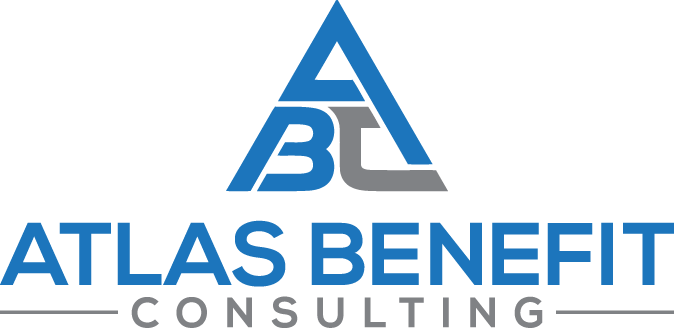The 7th most common veteran disability, sciatica, refers to pain along the path of the sciatic nerve, which runs from the lower back, hips, down both buttocks and legs. It most commonly affects only one side of the body.
What Causes Sciatica?
A herniated disk, narrowing of the spine (spinal stenosis), or bone spur on the spine, all of which put pressure and compress part of the nerve, are the most likely culprits. Age, diabetes, obesity, prolonged standing, sitting or inactivity are some other risk factors for sciatica.
Additional Resources:
- WebMD: How to Ease Sciatic Nerve Pain
- Healthline: 10 Stretches for Sciatica Pain Relief
- Medical News Today: Sciatica: What you need to know
Most Common Symptoms
- Pain down the pathway of the sciatic nerve, as mentioned above. Lumbar region (lower back), hips, buttock and down the thigh and leg. Pain can range from mild to excruciating.
- Tingling, muscle weakness, burning sensation, or numbness in the affected area/leg.
- Pain is typically worse after prolonged periods of sitting or standing.
- Severe sciatica can cause difficulty walking or paralysis.
Sciatica Ratings
- As paralysis of the sciatic nerve is linked to other neck and back problems, it is very common among veterans. But remember that sciatica itself is not really a “root” problem; it is a way of locating and describing the pain from another cause.
- The VA is required to rate any neurological residuals when rating the neck and back. This means when a veteran has direct service connection, paralysis of the sciatic nerve is often given without additional claims.
- If you don’t have service-related back conditions rated but you’re suffering from sciatica, you’ll need to provide the standard evidence to submit a claim: a current, diagnosed sciatica condition and evidence linking an in-service event to the current condition, statements about the event/incident, and a nexus letter. Buddy statements are also very helpful.
Nerve Issues
Nerve issues are rated in 3 categories, based on severity:
- Paralysis- most severe
- Neuritis
- Neuralgia- least severe (most common rating)
Each of those three also have subcategories of mild, medium or severe.
38 CFR § 4.124a/ Neurological Conditions
- 80% – complete paralysis; all muscles of the leg below the knee fail to work, causing serious difficulty in bending the knee
- 60% – incomplete but severe paralysis – marked by muscular atrophy, poor blood circulation, and limited functionality of the affected body part
- 40% – incomplete but moderately severe paralysis
- 20% – incomplete but moderate paralysis
- 10% – incomplete but mild paralysis
As you can imagine, this produces many different rating possibilities! The criteria are vague and open-ended, which can be incredibly confusing. Most veterans do not know or feel confident with what is required to get a higher rating. This makes it so important to have someone on your team that is knowledgeable and can help you get the maximum rating!
Connect With Us
Are you receiving the maximum ratings and benefits you have earned through your time in service? Use the button below for a free consultation with one of our experienced and compassionate team members. We will let you know if we are able to help you, and give you additional resources if not.
Working with Us
Atlas Benefit Consulting (ABC) is passionate about veterans getting what they have earned. When you choose to work with ABC, we will handle your file with expert attention and care. We know it’s hard to trust someone you don’t know; we’ve been there! It’s not worth sitting in silence or inactivity when it’s your benefits and compensation on the line. We believe in veterans being fully informed of their rights and able to make the best decision for themselves with that knowledge. You can check out some of our client testimonials on Google or Facebook- just click the buttons below!
Read our Google Reviews Here! Connect with us in our Facebook Group

